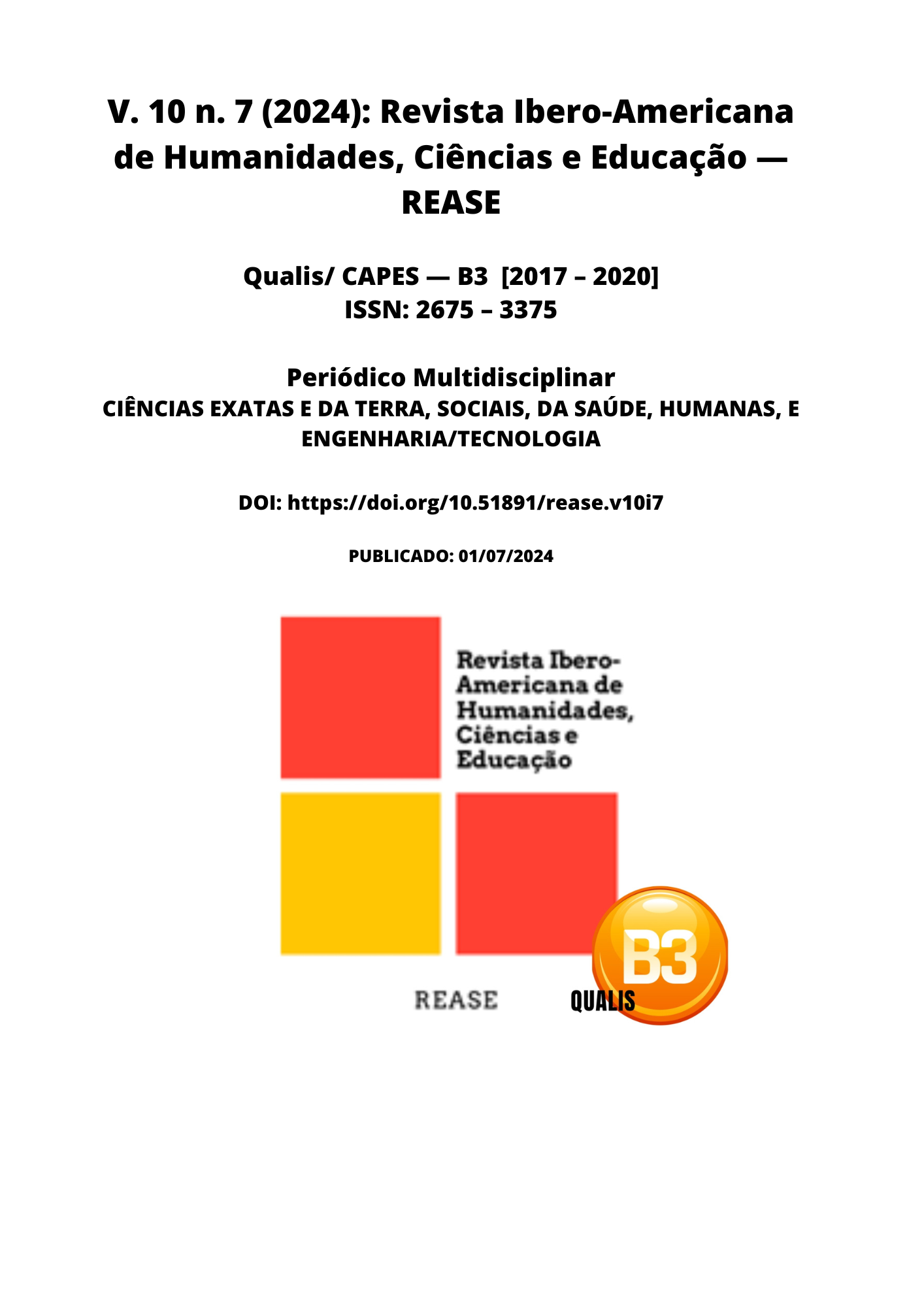HORMONAL INVESTIGATION OF SECONDARY AMENORRHEA IN YOUNG WOMEN
DOI:
https://doi.org/10.51891/rease.v10i7.14887Keywords:
Amenorréia. Amenorreia secundária. Perfil hormonal.Mulheres jovens e distúrbios endócrinos.Abstract
a crucial role in determining the underlying causes of this menstrual disorder. Secondary amenorrhea, characterized by the cessation of menstruation for more than three menstrual cycles in previously menstruating women, can result from a variety of conditions, including hormonal disorders such as hyperprolactinemia, thyroid dysfunction, polycystic ovary syndrome (PCOS), and hypothalamic or pituitary hormone deficiencies. . Understanding the specific hormonal profiles associated with each of these conditions is critical for accurate diagnosis and guiding effective treatment options. Objective: This study aims to systematically review recent scientific literature to identify hormonal patterns observed in young women with secondary amenorrhea, providing a comprehensive synthesis of the endocrine factors involved. Methodology: The systematic review followed the guidelines of the PRISMA (Preferred Reporting Items for Systematic Reviews and Meta-Analyses) checklist. The PubMed, Scielo and Web of Science databases were searched, using the descriptors "amenorrhea", "secondary amenorrhea", "hormonal profile", "young women" and "endocrine disorders". The search included articles published in the last 10 years. Inclusion criteria: Studies that investigated hormonal profiles in young women with secondary amenorrhea, focusing on specific endocrine conditions such as hyperprolactinemia, PCOS, thyroid dysfunction. Exclusion criteria: Studies in non-human populations, studies without detailed information on hormonal profiles, and studies not available in full text. Results: The studies reviewed highlighted the prevalence of different hormonal profiles associated with secondary amenorrhea in young women, including significant changes in the levels of gonadal hormones, prolactin, thyroid-stimulating hormone (TSH) and luteinizing hormone (LH). Conclusion: The systematic review emphasizes the importance of detailed hormonal investigation for the differential diagnosis of secondary amenorrhea in young women. Understanding specific hormonal profiles can guide more effective and personalized clinical management strategies for each identified endocrine condition.
Downloads
Downloads
Published
How to Cite
Issue
Section
Categories
License
Atribuição CC BY

